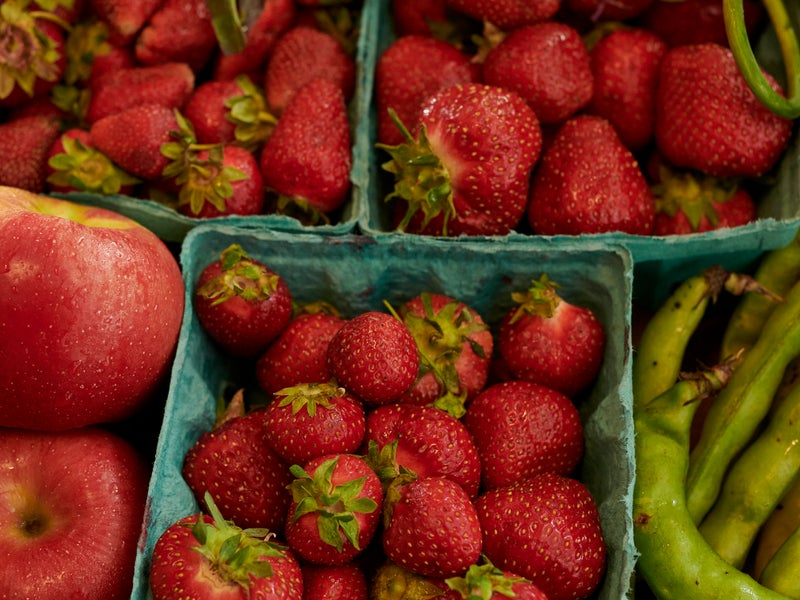思考的食粮
进入新的季节,我们迎来了新鲜的冬季时令农产品,为我们的味蕾和餐桌带来新的风味和灵感。从苹果、蔓越莓、梨和栗子等新鲜水果,到南瓜、甜菜根、羽衣甘蓝、球芽甘蓝和耶路撒冷蓟等各种蔬菜,我们将目光投向韩国的高山之巅,思考韩国寺庙美食所定义的价值,以此来加强本地化和季节性的重要性。

早在爱丽丝-沃特斯(Alice Waters)掀起美国 "慢食 "运动之前,在诺玛(Noma)大厨因觅食而备受瞩目之前,在 "从农场到餐桌 "和 "当地食客 "成为流行语和普通北美人词汇的一部分之前,一代又一代默默无闻的大师们就在韩国各地寺庙的寂静庇护下,以无与伦比的诚意精炼发酵、脱水和觅食技术。
自金光寺创建以来,韩国寺庙料理已有约 1600 年的历史,它源于佛教的 "不执着 "理念。全素食食材和膳食的设计优雅而丰富,以健康饮食为目的,并以适当的份量作为身心清净的源泉--这是禅宗的一脉。在众多践行这一技艺的禅宗佛教徒中,我们将目光投向居住在离雪城南部 169 英里的白羊寺春金庵的尼姑 Jeong Kwan,她最近吸引了一些最著名的国际美食界领袖的注意,并被比作米歇尔-布拉斯(Michel bras)和阿兰-帕萨德(Alain Passard)、丹-马伯(Dan Marber)和大卫-金奇(David Kinch)、勒内-雷德泽皮(René Redzepi)等人。
关晓彤认为,"终极烹饪--对我们的身体最有益、最美味的烹饪--来自于与水果和蔬菜、香草和豆类、蘑菇和谷物的亲密接触。在她看来,厨师与食材之间不应有距离。
无论您是将冬日的丰收蕴含在冬日沙拉还是暖汤中,我们都会将郑秀文深邃朴素的话语留给您,让您在这个季节将其融入日常生活和膳食中,践行本地和时令美食:
"顺其自然"- 贞观












